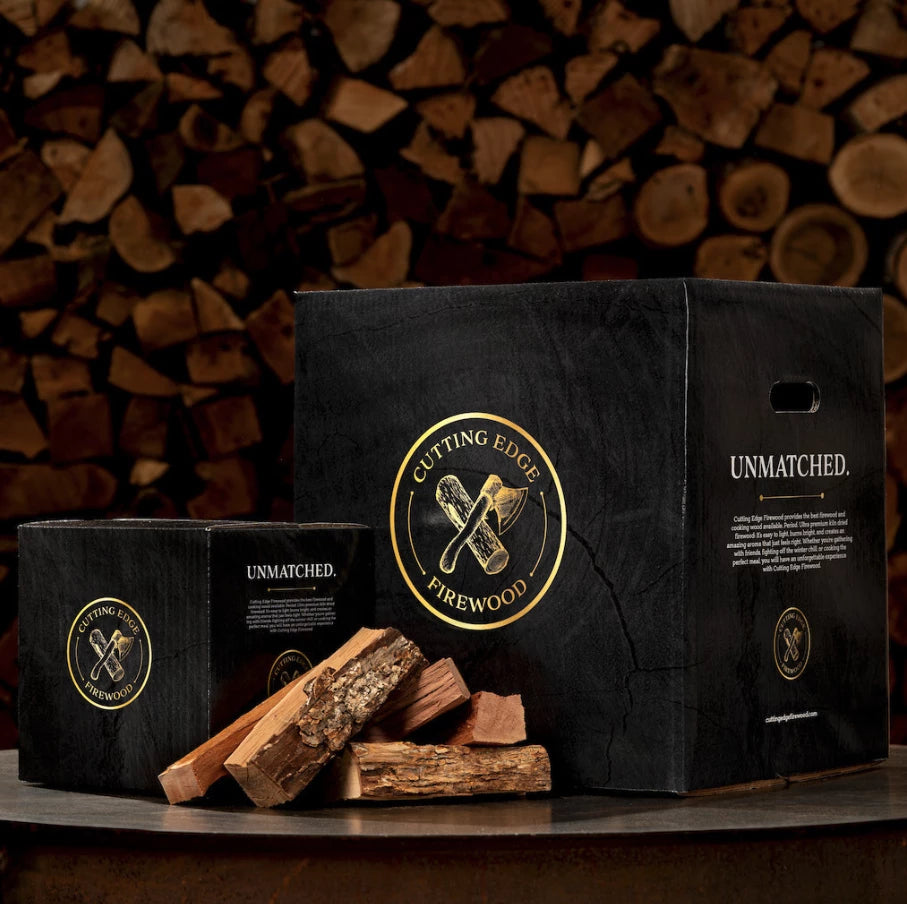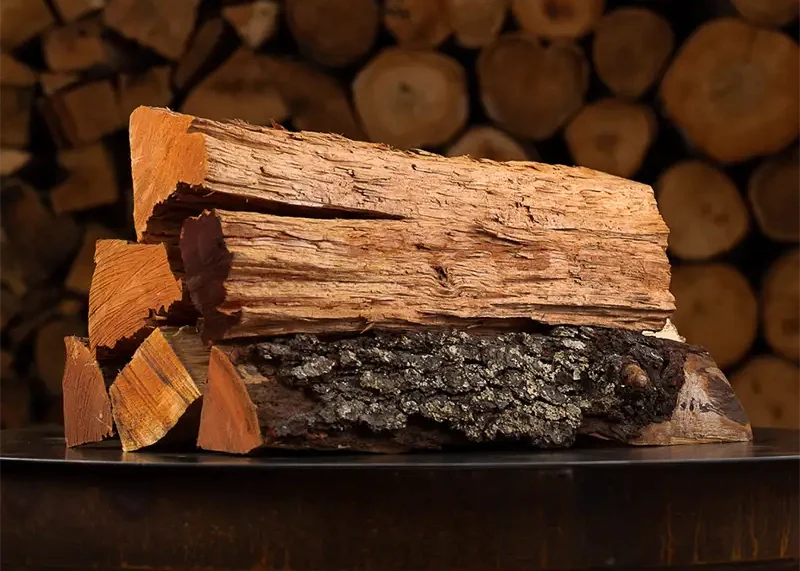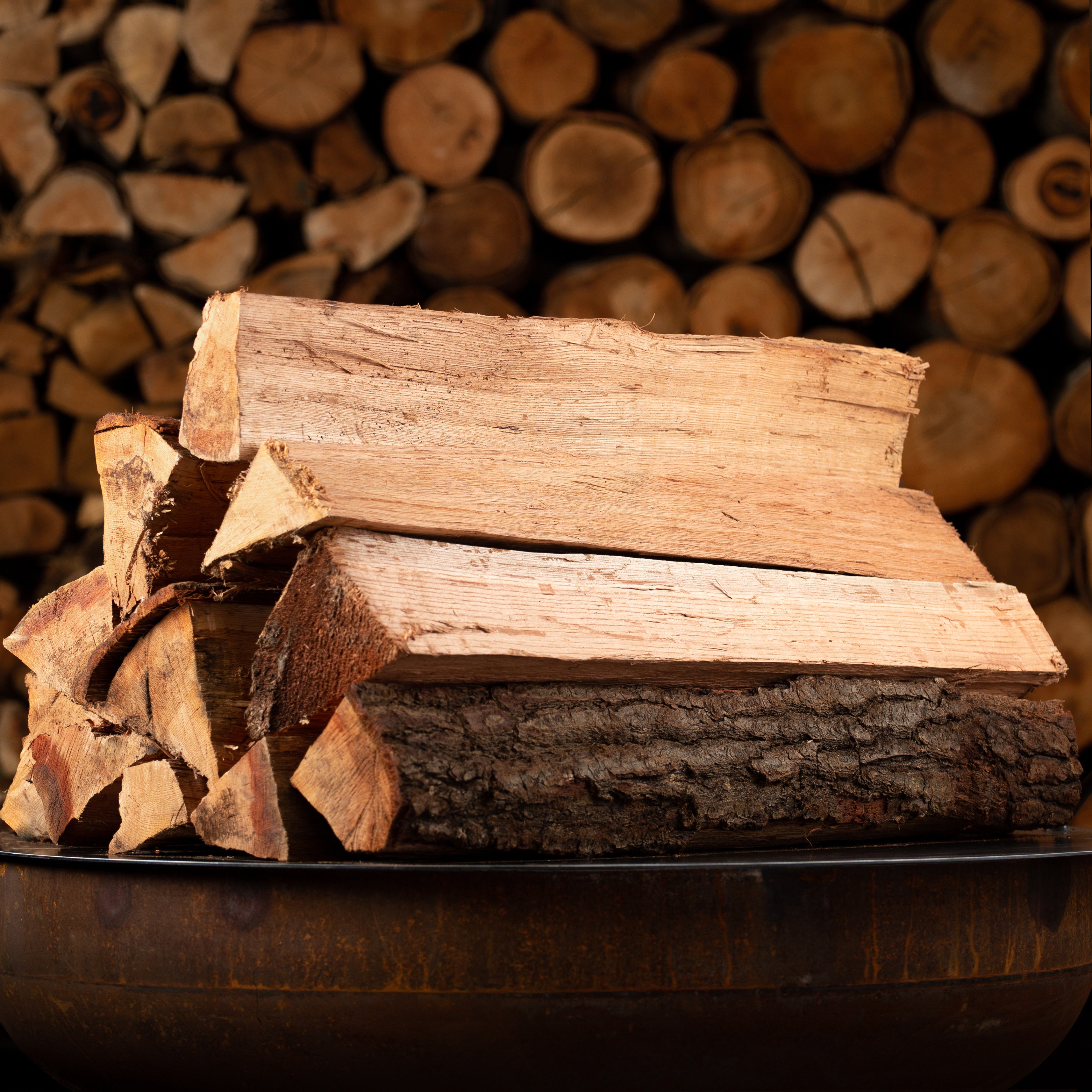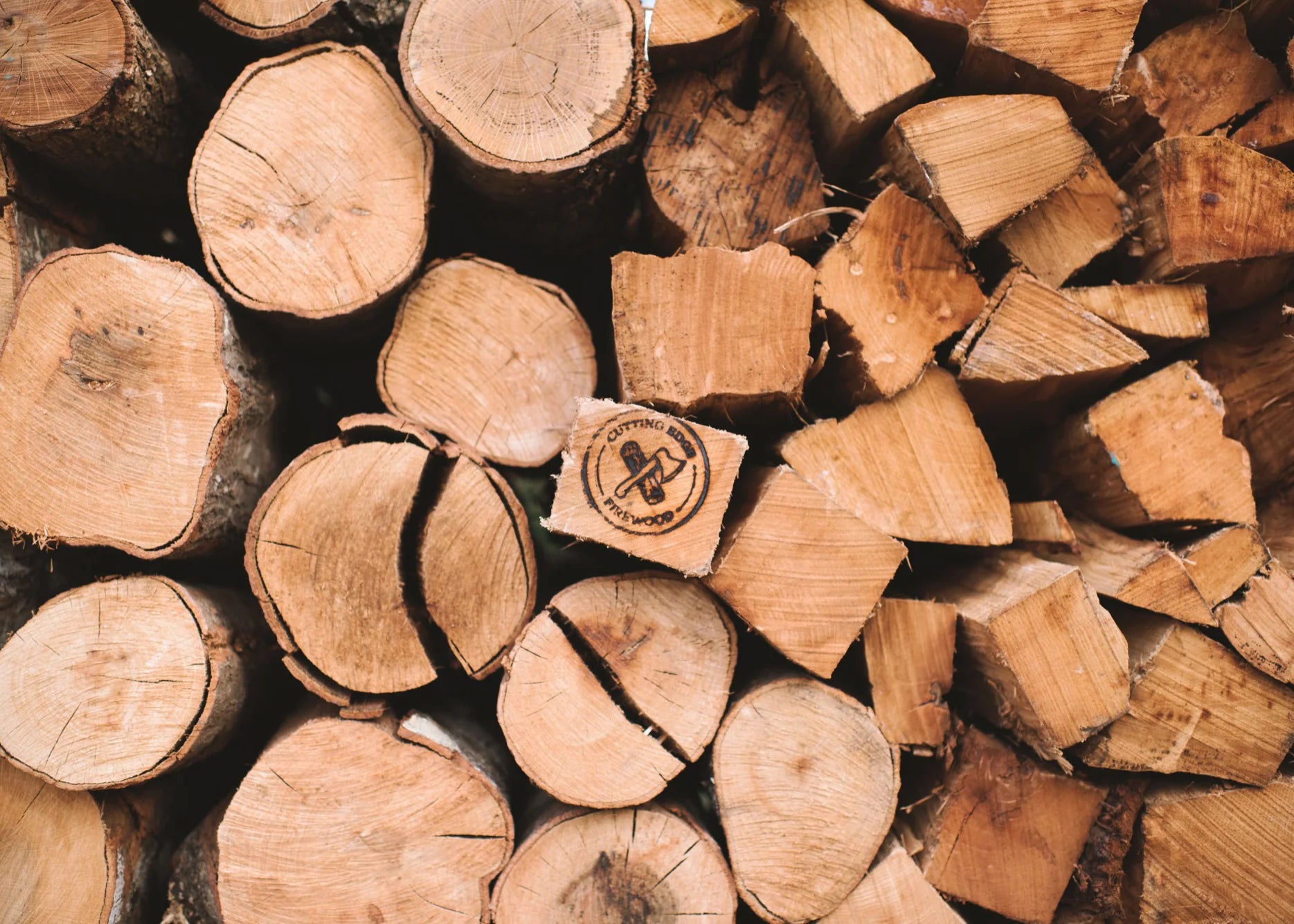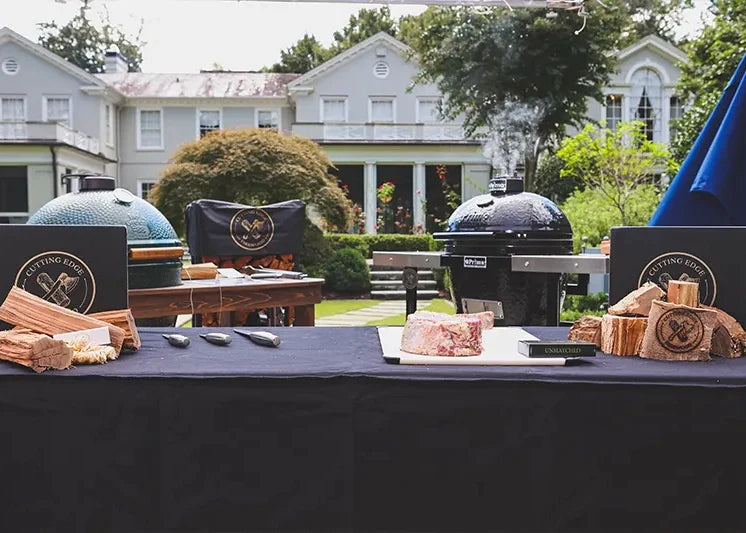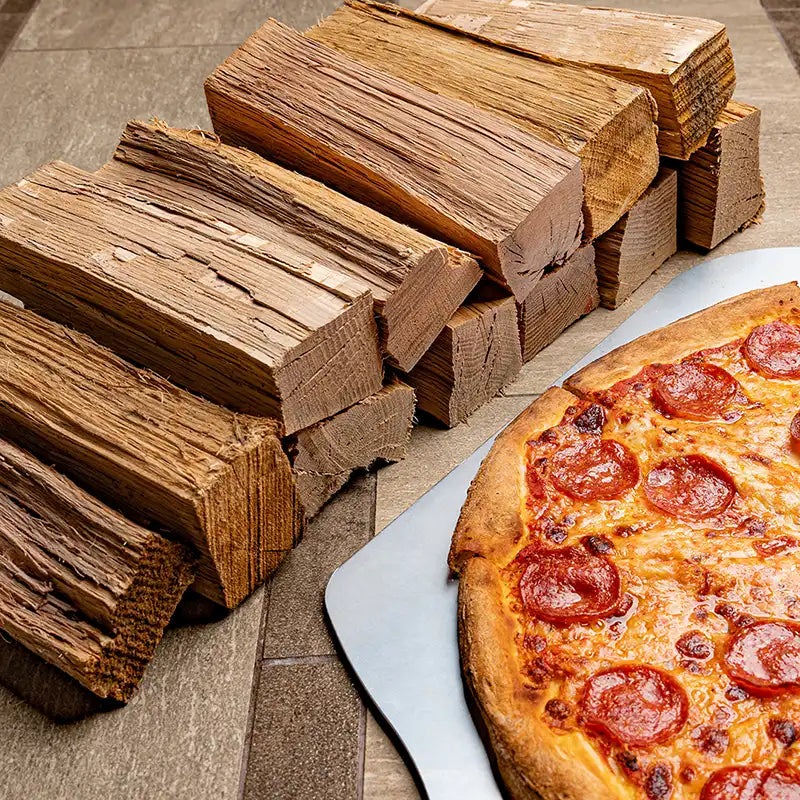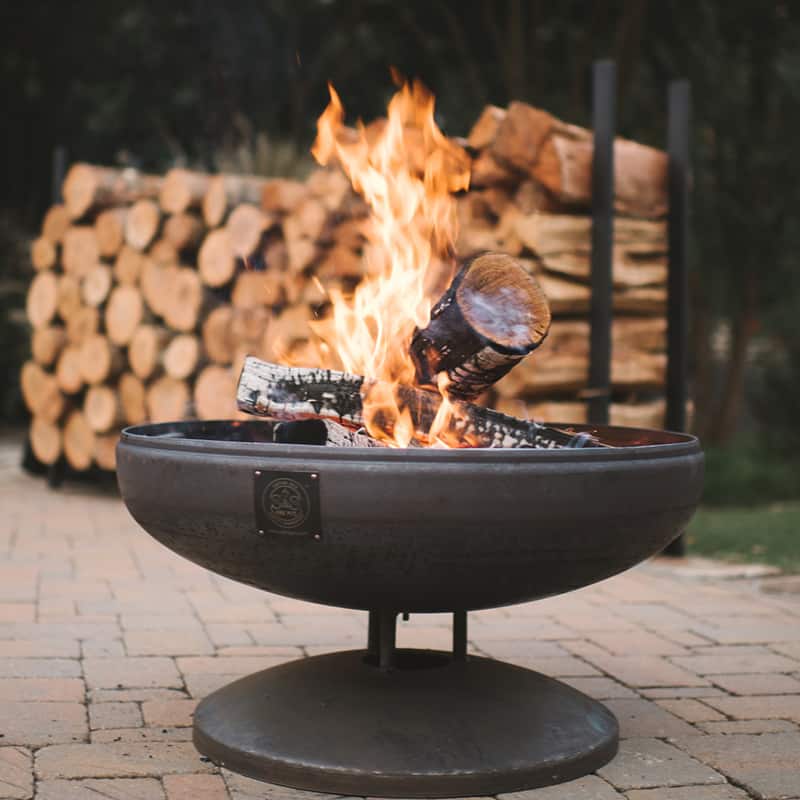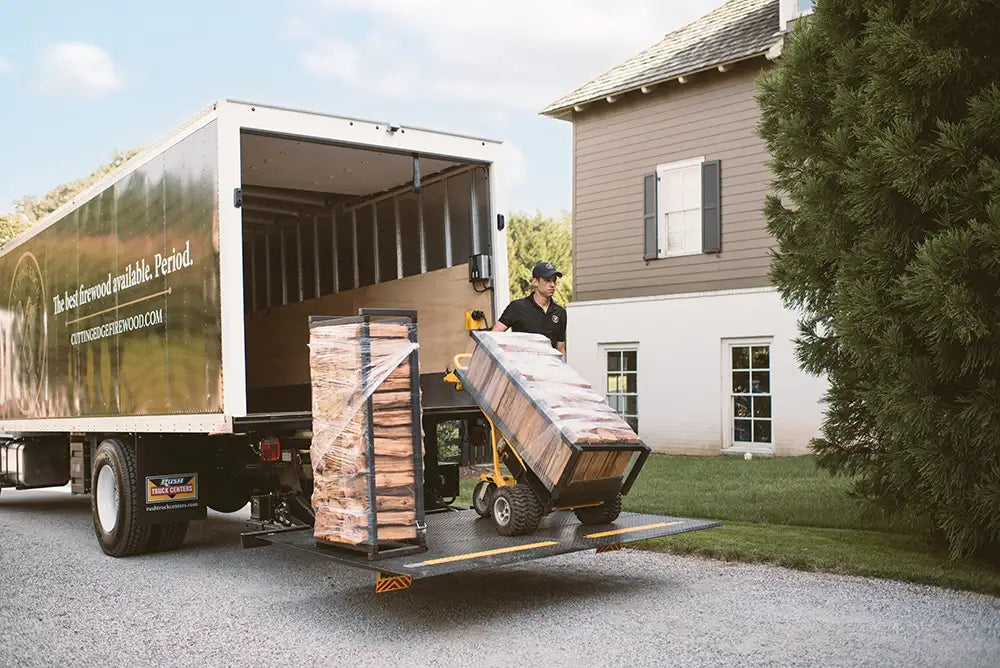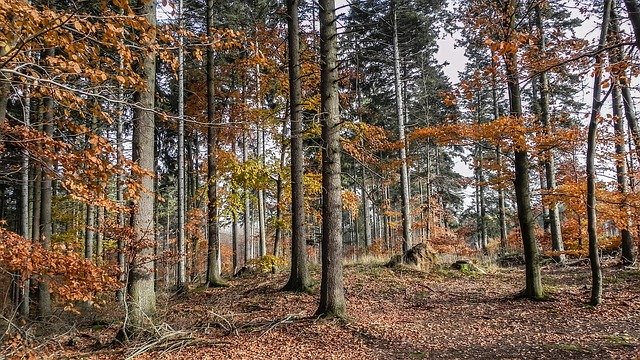Oak trees are found extensively throughout the United States. Regardless of where exactly you live, you've probably encountered some of these hardwood trees. Because they are so common, oak trees are frequently used as firewood. But do oak trees really make good firewood?
What Are Oak Trees?
An oak tree is a hardwood tree in the genus Quercus. Contrary to what some people believe, oak isn't a specific species of tree; it refers to trees in the genus Quercus, which are characterized by spiraling leaves as well as acorns.
According to the University of Arizona (UA), there are over 600 known species of oak trees in the world, 90 of which are located in North America. Like other hardwoods, oak trees grow more slowly than their evergreen counterparts. Depending on the species, it can take an oak tree anywhere from 15 to 40 years to mature. All oak trees reproduce through pollination. Male flowers produce pollen in spring that pollinates the female flowers to produce acorns.
Some of the most common species of oaks in the United States include the following:
- White oak
- Southern live oak
- Emory oak
- Gambel oak
- Black oak
- Bur oak
- Cherry bark oak
- Maple leaf oak
- Arkansas oak
- Boynton oak
- Scarlet oak
- Buckley oak
- Red oak
Easy to Split
Back to the question at hand: Yes, oak trees make excellent firewood. One of the many reasons why oak is ideal for firewood is because it's easy to split. While there are hundreds of species, all oak trees have a straight grain that makes them easy to split. Wood is typically split into halves or quarters to improve its performance as firewood. Splitting reduces the amount of bark on the surface of the logs so that it's easier to light and burns more cleanly. Unfortunately, some trees are difficult to split because they contain an irregular grain. If a tree has an interlocking grain, for example, it may not split evenly.
The good news is that oak trees don't suffer from this problem. They have a straight grain that allows for quick and easy splitting. Oak wood can be split manually using an ax or automatically using a gas or hydraulic log splitter. With their straight grain, they are particularly easy to split compared to other types of trees. With that said, there are several other reasons why oak trees make excellent firewood.

Burns Hot
When using oak firewood, you can rest assured knowing that it will produce a substantial amount of heat. Research shows that a full cord of red oak firewood will produce 24 million British Thermal Units (BTUs) of heat when burned. The only tree species that produces more heat than red oak is black locust at 26.8 million BTUs.
Whether it's red oak, white oak or any of the other 598 known species, all oaks produce a substantial amount of heat when burned. Oak trees are hardwood, so they denser than their softwood -- also known as evergreen -- counterparts. The dense composition of oak trees means there's more organic "stuff" inside them. When used as firewood, the organic matter in oaks will burn to produce heat.
Smells Nice
A benefit of oak firewood that's often overlooked is its fragrant aroma. What does oak firewood smell like exactly? It's difficult to describe the aroma of oak firewood without experiencing it yourself. It's a mild yet pleasant earthy aroma that most people find enjoyable. When you burn oak firewood, some of its organic matter will be released into the air, resulting in a fragrant aroma that fills the surrounding space. Some homeowners, in fact, specifically use oak firewood because of its fragrant aroma. Don't take my word for it, though. Experience its pleasant aroma firsthand by using oak firewood the next time you build a fire.
Low Resin and Sap Content
A little-known benefit of oak firewood is its low resin and sap content. Most trees produce resin and sap, though the amount they produce varies. Softwoods typically produce more resin and sap than hardwoods. Pine trees, for instance, are widely known for containing a substantial amount of resin and sap. If a pine tree is injured, all the sticky resin and sap will leak out. Hardwoods like oak, on the other hand, contain significantly less resin and sap.
With low levels of resin and sap, oak firewood is easier to light than pine, yew, spruce or other softwoods. If there's too much resin or sap inside of firewood, you may struggle to light it. All the resin and sap inhibits the combustion process. You can still light firewood that's saturated in resin and sap, but it will take more work. Alternatively, you can choose firewood with low levels of resin and sap, such as oak. There's virtually no noticeable amount of resin or sap inside oak. Therefore, you can easily light oak firewood using tinder and kindling (along with a match or fire starter).

Readily Available
You shouldn't have trouble finding oak firewood to use in your fireplace, fire pit, stove or chiminea. As previously mentioned, the United States is home to approximately 90 species of oaks. While different species grow in different states, you can find oaks across the entire country. Why does this matter? Well, because oaks are so common in the United States, they offer a convenient and readily available source of firewood. You can even order oak firewood from Cutting Edge Firewood, which we'll deliver straight to your home.
Low Moisture Content
Another reason oak trees make excellent firewood is because they have a low moisture content. Oaks don't retain as much moisture as softwood trees. A live oak tree may have a moisture content of 75%, whereas a live pine tree may have a moisture content of over 100%. More importantly, oaks are easier to dry out than softwood trees. The moisture content of oak firewood can be lowered even further through processing. Common firewood processing techniques include air drying and kiln drying. The former involves leaving the firewood outdoors to dry for up to six months, whereas the latter technique involves baking firewood in an oven known as a kiln. Kiln dried oak firewood has an exceptionally low moisture content, containing just half the moisture as air-dried oak firewood.
Burns Clean
Oak firewood burns clean while producing lots of heat and little to no black smoke. Black smoke is the result of an incomplete combustion process. If your firewood doesn't burn completely, it will release unburned matter in the form of black smoke. Softwood trees, unfortunately, have an inefficient combustion process. They have a higher resin and sap content as well as moisture content, both of which inhibits the combustion process. Oak trees, however, contain low levels of resin and sap as well as moisture. Therefore, oak firewood has a more complete combustion process that manifests in the form of greater heat and less black smoke. If you're tired of building fires, only to get smoked out by a cloud of thick black smoke, you should consider using a hardwood variety of firewood like oak.
Experience the difference kiln dried firewood makes by trying our premium firewood today. Cutting Edge Firewood is the Southeast's premier vendor of high-quality kiln-dried firewood. We offer a variety of the industry's finest firewood, including oak as well as other hardwoods.

